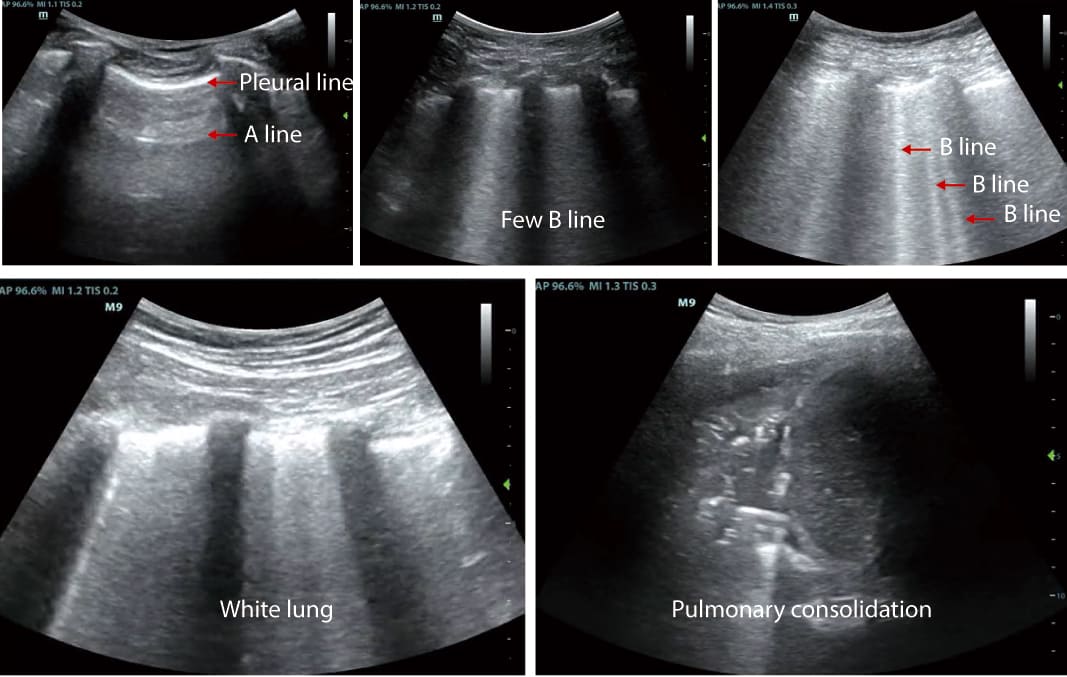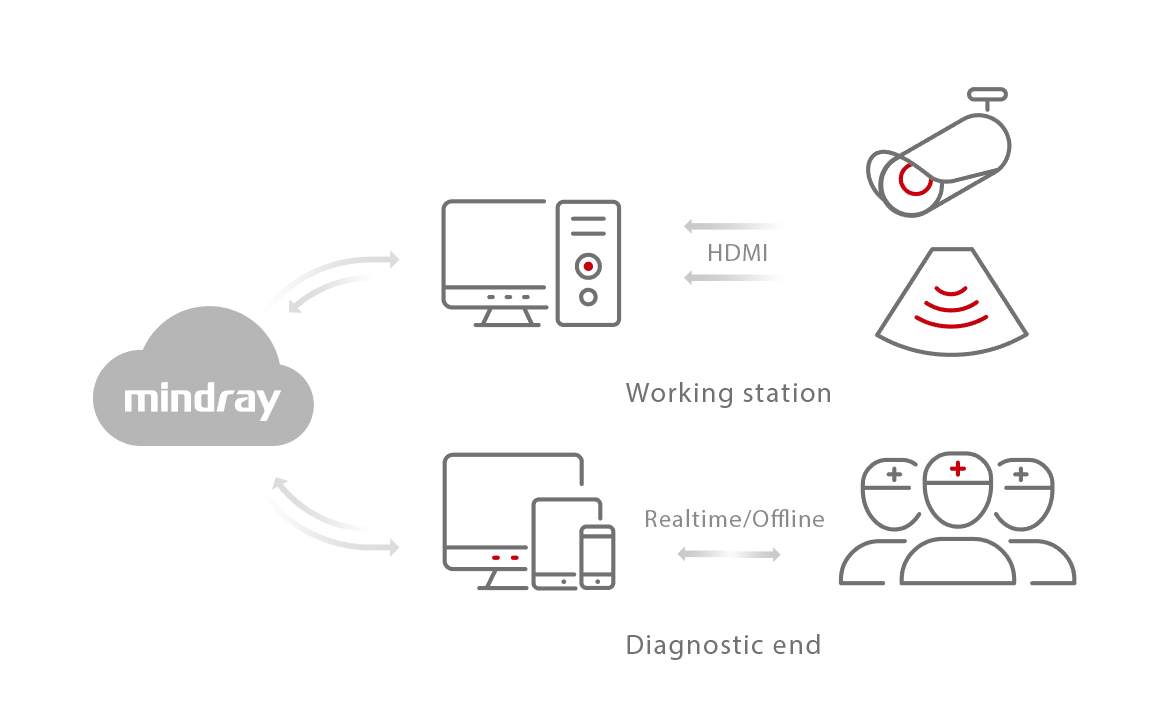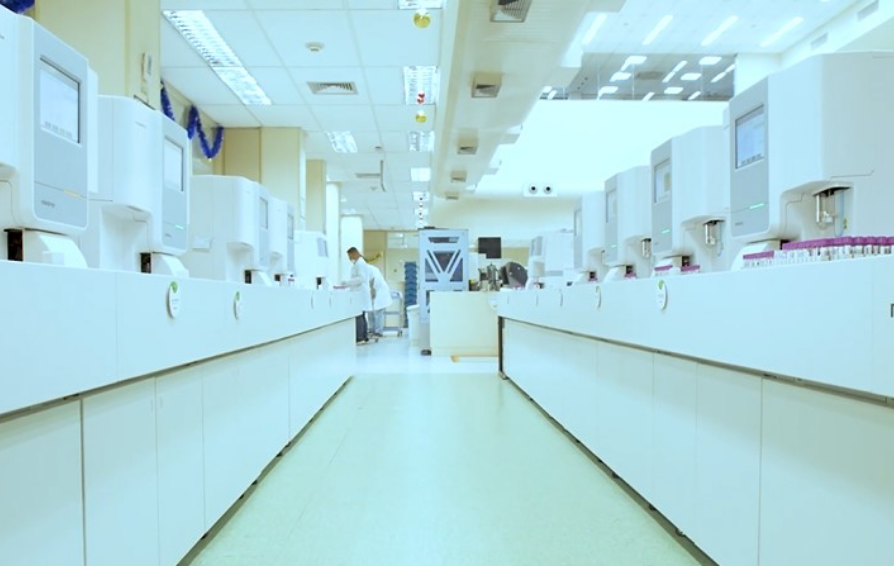In the ever-evolving landscape of healthcare, technology continually plays a pivotal role in revolutionizing patient care and improving clinical outcomes. One such technological innovation that has transformed critical care is the application of portable ultrasound devices. These handheld marvels have opened up a world of possibilities, providing clinicians with real-time diagnostic capabilities at the patient's bedside. In this article, we will explore the myriad clinical solutions that portable ultrasound offers, from professional lung examinations to assisting in punctures, optimizing images, and much more.
A Glimpse into the Portable Ultrasound Revolution
Portable ultrasound devices have emerged as indispensable tools in the realm of critical care, offering a diverse range of clinical solutions. Let's delve into some key features and applications that have been instrumental in changing the landscape of patient care.
1. Professional Lung Examination Mode
The ability to observe changes in lung conditions is a game-changer for critical care clinicians. Portable ultrasound devices come equipped with a specialized lung examination mode that allows professionals to assess lung health with precision. This feature is particularly invaluable in cases where respiratory issues or acute conditions require immediate attention. It enables clinicians to visualize lung movement, detect abnormalities, and monitor changes in real-time.

2. Mechanical Ventilation Support
For patients requiring mechanical ventilation, precision is of paramount importance. Portable ultrasound devices have stepped up to assist in this critical task. They can measure the airway diameter limit, aiding clinicians in selecting the appropriate ventilation tube diameter. Moreover, they provide the means to observe the movement of the diaphragm and guide the ventilator offline. This feature enhances patient safety and ensures that mechanical ventilation is optimized to meet individual patient needs.

3. ECMO Support
Extracorporeal membrane oxygenation (ECMO) is a life-saving technique in critical care, particularly for patients with severe cardiac or respiratory failure. Portable ultrasound devices support ECMO procedures by assisting in vascular punctures. Clinicians can use ultrasound to locate and visualize arteriovenous vessels, thus improving the efficiency and safety of this surgical procedure. This innovation has been a significant boon to ECMO, a technique that requires precision and accuracy.

4. Cardiac Disease Assessment
One of the most compelling applications of portable ultrasound in critical care is the assessment of cardiac function. These devices support automatic measurement of cardiac function, making it easier for clinicians to diagnose and monitor cardiac conditions. They also offer advanced features such as TDI tissue Doppler assessment of diastolic function and tissue spot tracking assessment of cardiac machine movement. These capabilities empower clinicians to make informed decisions, especially in situations where time is of the essence.

5. iNeedle and iTouch Functions
Portable ultrasound devices come with additional features like iNeedle and iTouch, further enhancing their utility. The iNeedle function assists clinicians in puncture procedures. This needle enhancement function provides real-time guidance during punctures, increasing precision and minimizing the risk of complications. On the other hand, the iTouch feature simplifies the optimization of images. With a single touch, clinicians can quickly optimize image quality, improving the diagnostic accuracy and efficiency of the ultrasound.

Product feature
1. Grab and go, easy to operate.

2. Remote consultation, training, and teaching.

3. Easy disinfection and safe protection.
Bringing Critical Care to the Bedside
The beauty of portable ultrasound devices is their ability to bring critical care to the patient's bedside. Gone are the days when patients needed to be transported to imaging facilities for detailed assessments. Portable ultrasound enables rapid, real-time diagnostics, significantly reducing the time it takes to make critical decisions in emergency situations.
Consider a scenario where a patient in the intensive care unit is experiencing respiratory distress. With a portable ultrasound device in hand, the clinician can immediately perform a lung examination, visualize lung movement, and identify any anomalies. This rapid assessment can be invaluable in diagnosing conditions like pneumothorax, pleural effusion, or atelectasis, allowing for swift interventions.
In the context of ECMO, a procedure that requires precise vascular access, portable ultrasound offers a safe and efficient solution. By visualizing arteriovenous vessels in real-time, clinicians can minimize complications and enhance the success rate of ECMO initiation.
Furthermore, the ability to support mechanical ventilation with accurate airway measurements and diaphragm monitoring is of paramount importance. In cases of respiratory failure, precision is the key to successful ventilation management. Portable ultrasound devices provide this precision, ultimately improving patient outcomes.
The Impact on Critical Care
The application of portable ultrasound in critical care is a testament to how technology can revolutionize patient care. These devices have become an extension of a clinician's skill, providing real-time insights and guiding critical decisions. They enable clinicians to work with greater confidence and efficiency, especially in high-stress and time-sensitive situations.In cardiac emergencies, the ability to assess cardiac function and diastolic performance using portable ultrasound can make the difference between life and death. The same applies to lung examinations in patients with acute respiratory distress. Early diagnosis and intervention can significantly improve outcomes.
The iNeedle and iTouch functions further highlight the versatility of these devices. Precise punctures and optimized images are no longer aspirations; they are now readily achievable with the use of portable ultrasound.
Conclusion
Portable ultrasound devices have transcended the boundaries of traditional medical imaging. They have become integral tools in the critical care setting, offering a myriad of clinical solutions that have revolutionized patient care. From professional lung examinations to assisting in mechanical ventilation, ECMO, cardiac assessments, punctures, and image optimization, these devices empower clinicians to provide the highest level of care at the patient's bedside.As technology continues to advance, we can expect even more innovations in portable ultrasound, further enhancing the capabilities and impact of these invaluable tools in critical care. The ability to make swift, informed decisions and deliver precision-driven care has never been more attainable, thanks to the remarkable application of portable ultrasound. This technological revolution in critical care is not just a leap; it's a bound into a future where patient outcomes are continually improved through innovation and expertise.In the rapidly evolving field of critical care, portable ultrasound is a beacon of hope, enabling clinicians to respond with agility, accuracy, and compassion in the face of critical medical emergencies.
For more information on the application of portable ultrasound in critical care, visit our website.

